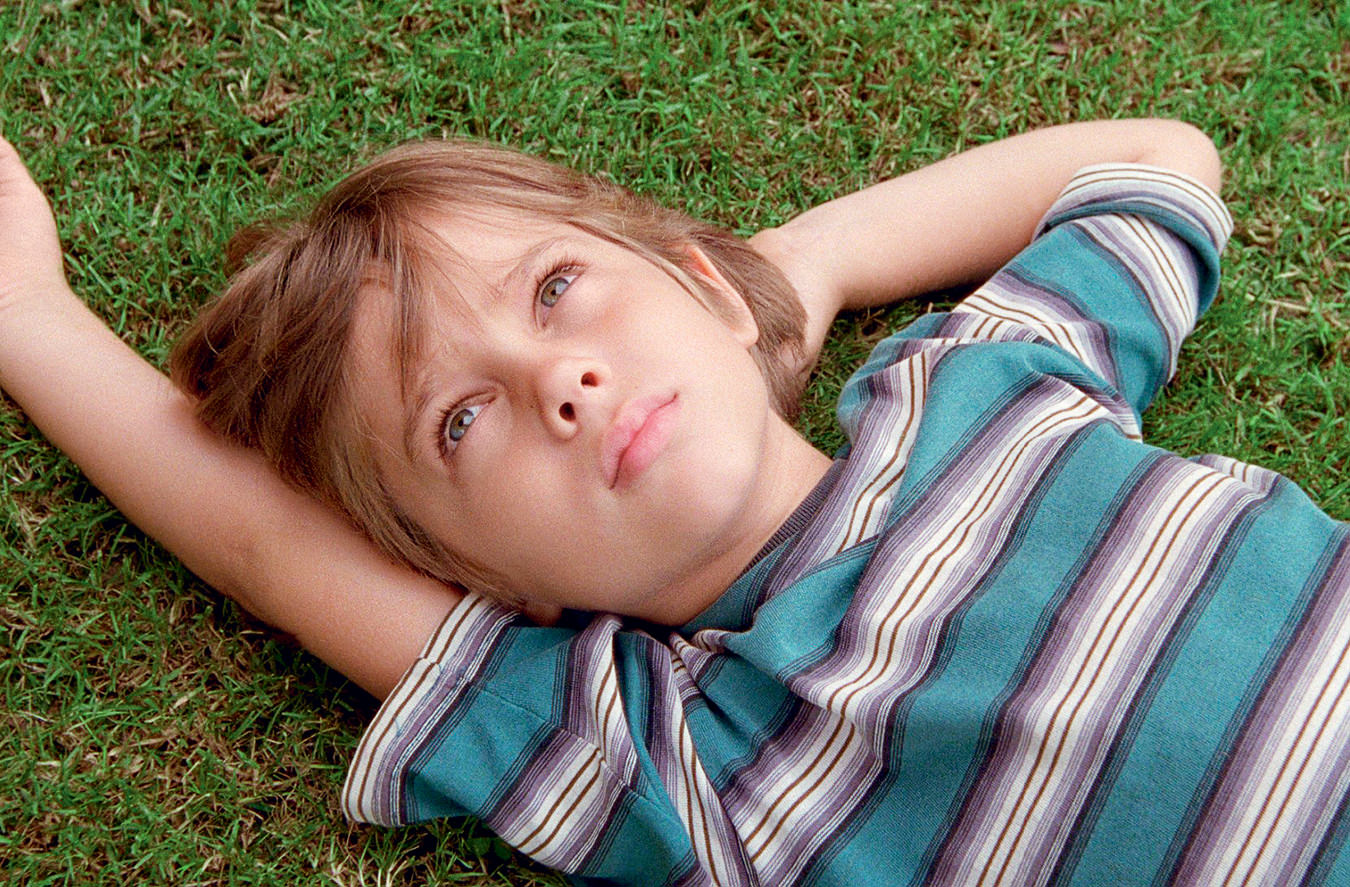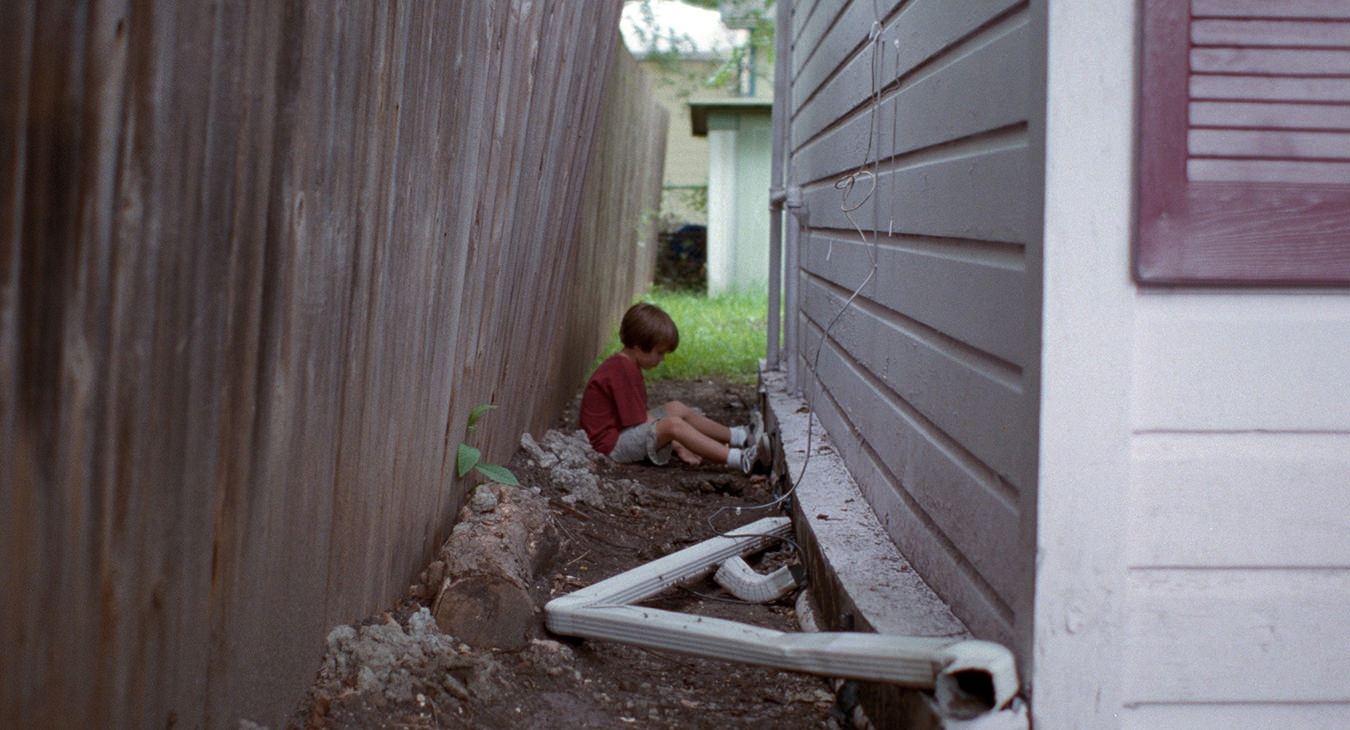It’s a little bit funny, but coming of age has a certain timelessness to it. That formative passage from child’s play into maturity, usually marked by the confluence of tragedy and love, speaks across seasons and generations, and maybe it’s as simple as the fact that we all know it.
In Lasse Hallström’s Swedish film Mitt Liv som Hund (My Life as a Dog) (1985), the year is 1958 and the boy is 12-year-old Ingemar. With an imagination that tends toward the fantastical, Ingemar finds himself plagued by good intentions that lead to chaos. His older brother, incapable of relating to Ingemar’s eccentricities, torments him; like many siblings, their relationship is rife with pranks and mischief. But the general chaos of their brotherhood is too much for their single mother to handle. Her deteriorating physical health forces her to seek support from family members in caring for the boys. The brothers are separated and Ingemar is sent to live with an uncle in a small town in southern Sweden. Here he develops an extended family whose idiosyncrasies compliment his own: his uncle’s creative inclinations; the elderly neighbour’s taste for the scintillating (indulged when Ingemar reads lingerie magazines aloud to him); and the local tomboy’s inquisitiveness about the fluidity of human nature. In Ingemar’s passage through the social landscape of the town, he relaxes into his own being, a process that is at times hilarious, like when he crashes through a skylight trying to catch a glimpse of a woman modeling nude for the local sculptor. However, Ingemar’s budding individuality is formed equally through loss—that of his mother and his beloved pet dog—allowing a wisdom to develop that is relayed through a future-tense voiceover. Tragedy, suggests the older Ingemar, should be understood relationally; perspective is key. The story of the Russian space dog Laika, sent into orbit in 1957 with no expectation of survival, grounds Ingemar’s acceptance of these twin deaths. Realizing that, in his own way, he has been lucky, Ingemar matures beyond the conceits of childhood into the complexity of adult life. Though Hallström is better known to an English audience for his American films like What’s Eating Gilbert Grape? (1993) and Chocolat (2000), Mitt Liv som Hund actually garnered Hallström his first Academy Award nomination (for Best Director) and the film remains a classic portrait of the complexities and tenderness of coming to terms with the adult world.
In Bernardo Bertolucci’s Io e Te (Me and You) (2012), the time is now and the boy is Lorenzo, painfully teenaged and riddled with pimples. Predictably affected with anti-social tendencies, Lorenzo detests school and dreams of civilizational collapse. In a particularly awkward dinner scene, Lorenzo asks his mother to imagine their conjugal duties, should they ever be the last two people on earth. Generally exhausted by Lorenzo’s strange behaviours, his mother is elated when he uncharacteristically expresses an interest in a week-long ski trip organized by his school. Yet, his real intention is to use the trip as a ruse to camp out in a storage space in their apartment’s basement, indulging the curiosity of who he will be when finally liberated from the watchful eye of his mother and his teachers. This fantasy life—decorated with books (hilariously, this includes Anne Rice’s The Vampire Lestat), the requisite laptop, headphones to facilitate a suitable experience of blaring music, junk food, and an ant colony—is cut short by the unexpected (and somewhat implausible) arrival of his older half-sister. Looking for a place to withdraw from heroin, she becomes Lorenzo’s accidental roommate, and he becomes her unintended caregiver. He can offer her shelter, though more precisely she claims a corner of this makeshift life as her own. She can offer him a parable about the perils of freedom. And so, Lorenzo’s anticipated journey of escape and self-discovery become those things eventually, not through solitude but rather the experience of otherness. At the end of the week, when he emerges from the basement, Lorenzo’s narcissistic angst has given way to a curiosity about where he fits amongst these things, the people and places that make up his world. Unfortunately, this sentiment is marred by the technicality of a truly awful closing shot, where Bertolucci’s use of the freeze frame undoes all subtlety for crass didacticism.
In Richard Linklater’s Boyhood (2014), the boy is Mason, ages six through 18, and the incredible thing about the film is that it is not CGI nor interchangeable casting that makes the maturation possible, but rather the non-negotiable march of time itself. For 12 years, each and every year, Linklater met with his cast, which included Ellar Coltrane as Mason and Patricia Arquette in a pitch-perfect performance as his mother, to film their evolving story. In watching Boyhood, you also watch Coltrane, as Mason, grow up. At one point in the film, Mason asks his father to clarify that there is no real magic in the world, and it’s hard not to interpret that question in relation to the film itself; watching the film is a bit like participating in time travel. The story itself is nothing more than the passage of time, or simply what it means to be alive as a middle class person in America in contemporary times. Since its release, Boyhood has been widely heralded as a major cinematic event, but that is for the audacity of its making, not necessarily the profundity of its content. Here, the coming of age just happens, not by virtue of tragedy (as with Ingemar) nor adventure (as with Lorenzo). In the film’s final scene, Mason is hiking in the desert, high on hash brownies, about the start college. In the sweet philosophy common to adolescence, Mason comes to realize that it’s not so much that we should seize the moment as cliché suggests, but that sometimes the moment, it seizes us.










